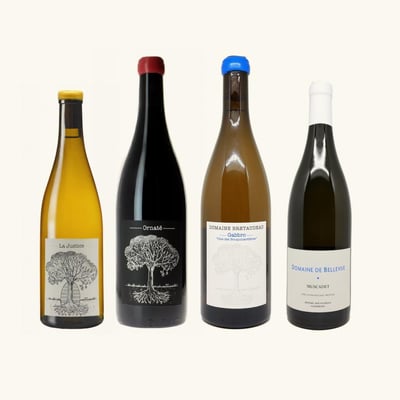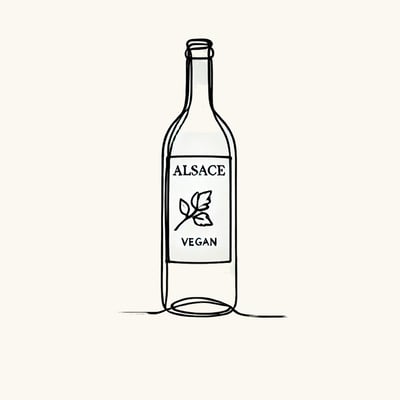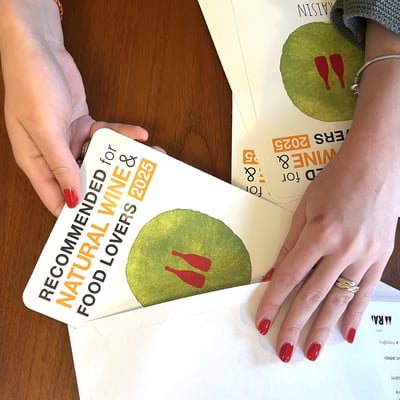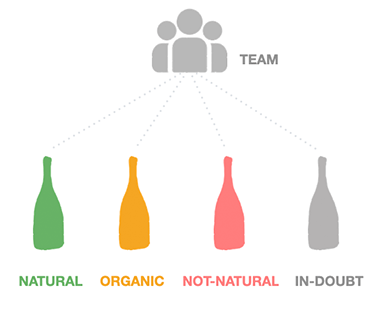September 06, 2023 - 0 comments

You might love it, you might hate it, it might even be your favourite summer drink, but what exactly is Rosé wine?
Rosé production of course begins with a careful selection of grapes. Timing is crucial; grapes are harvested between the delicate balance of sweetness and acidity, ensuring the resulting Rosé possesses the ideal profile.
While traditional red wines involve macerating and fermenting juice with grape skins and seeds for several days to weeks, Rosé takes a slightly different path. Rosé de Saigné is made from red grapes placed in vats, but often destined to produce red wine. After a few hours' maceration, some of the juice in the vat, which has already taken on a pinkish hue, is released and vinified separately. The rest of the harvest is left in the initial vat to produce red wine. There is also another type of rosé called ‘Rosé de Presse’, where red grapes are gently crushed just after the harvest, allowing juice extraction with minimal skin contact. This grants the wine its well known pale hue.
Rosé as the name implies is more often than not, indicated by it’s colour. Red grapes mixed with white grapes resulting in a lighter colour can also be considered a Rosé as well.
The flavour profile of Rosé wines can be vast, depending on the grapes used, but they are usually lighter than their red wine counterparts. As the juice is fermented without the skins, we often find a lot less tannins, and more fruit forward wines.
Post-fermentation, Rosé rests in a chosen vessel—neutral oak barrels, concrete tanks, steel tanks or clay amphorae. This vessel imparts texture and complexity, a testament to the winemaker's vision. Although often created to be drank cold, fresh and young, don’t be fooled, Rosé wines can also be aged, depending on their acidity, and the quality of the grapes, if you keep a bottle you will be rewarded with more complexity and subtle flavours that will be worth the wait. Cheers!













